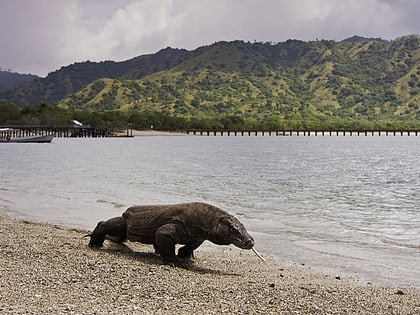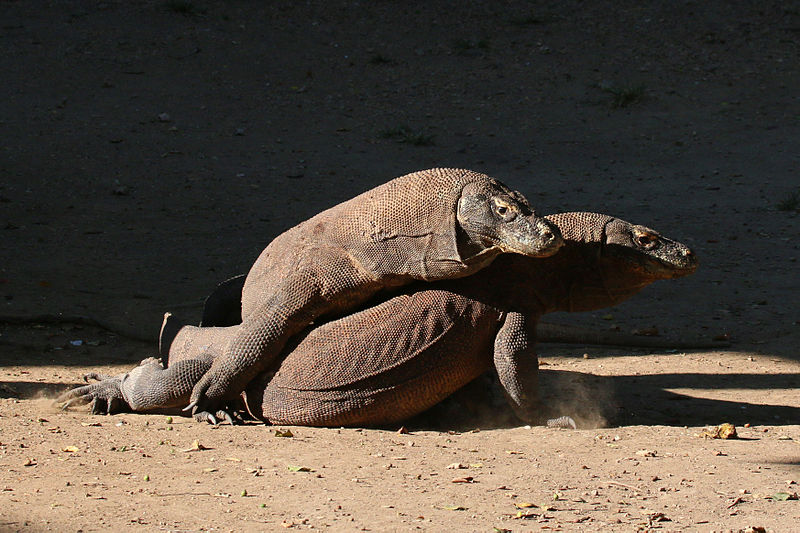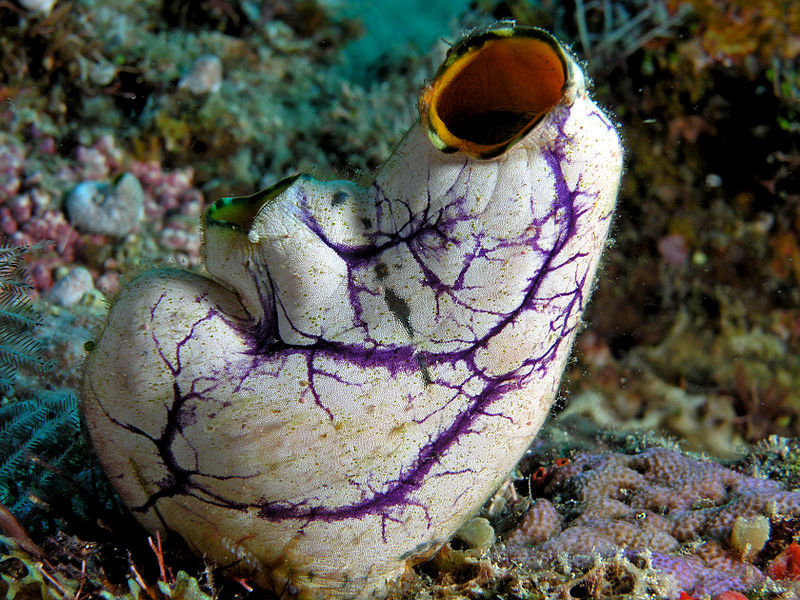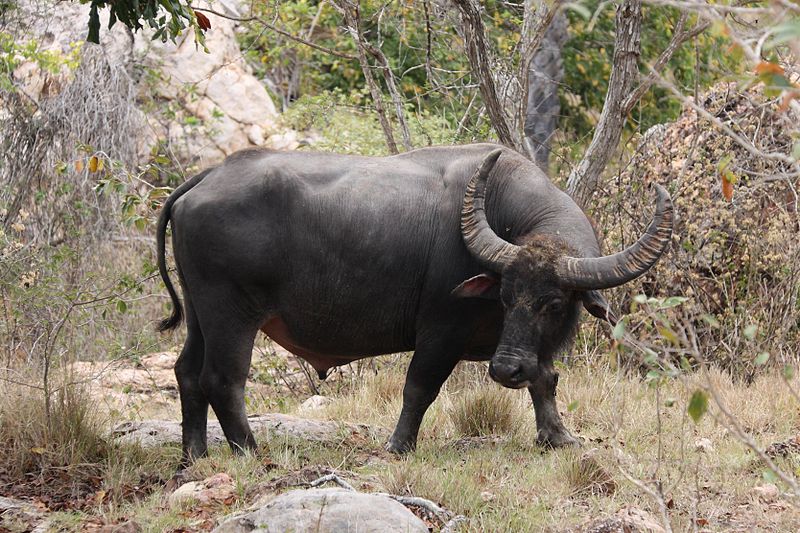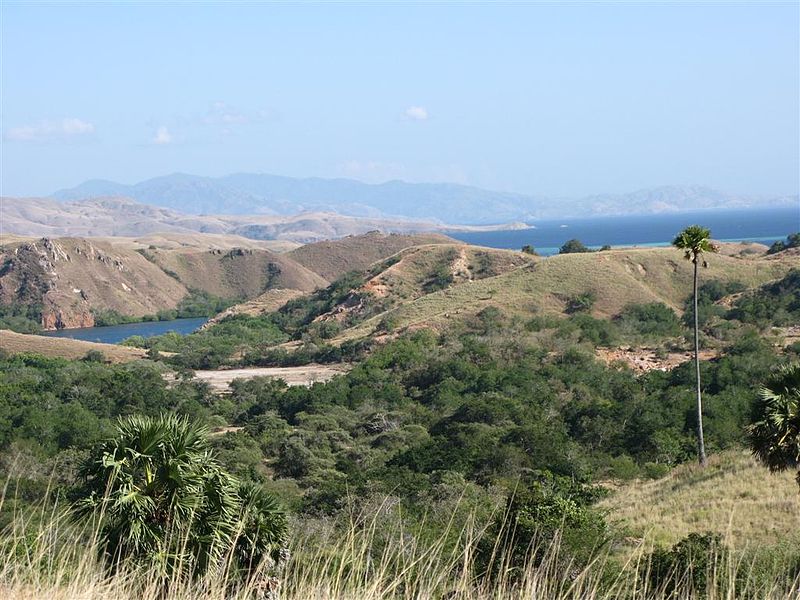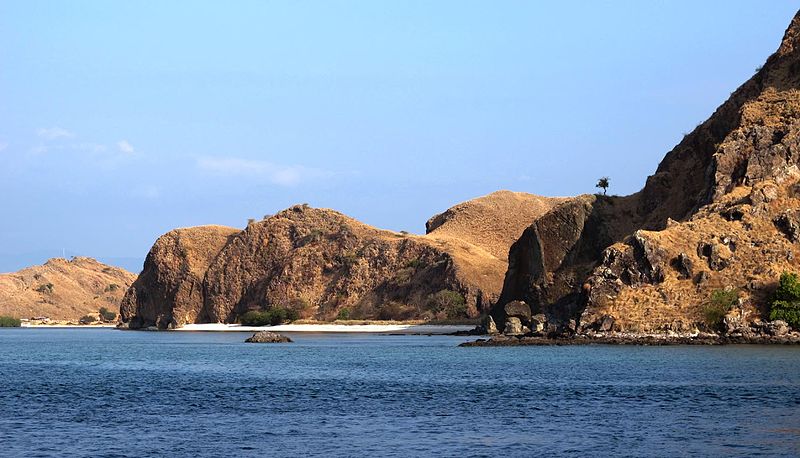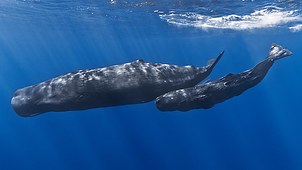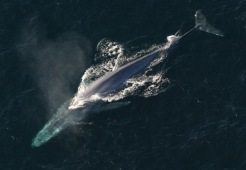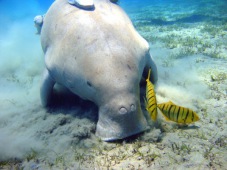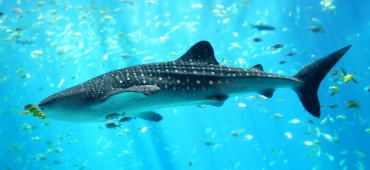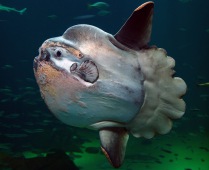Komodo National Park
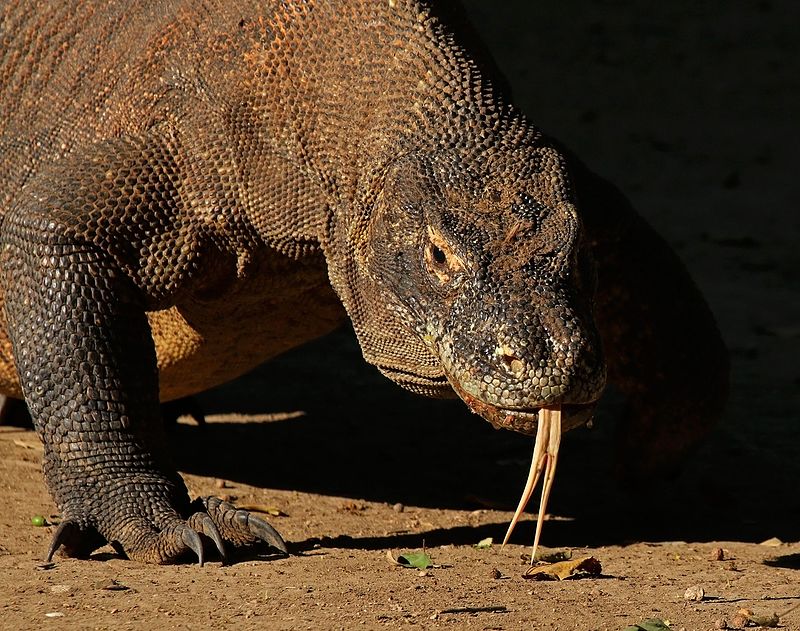
Facts and practical information
Nestled within the lesser Sunda Islands of Indonesia, Komodo National Park is a beacon of natural beauty and ecological diversity. Established in 1980 to protect the Komodo dragon, the world's largest lizard, this national park has since been recognized as a UNESCO World Heritage site and a Man and Biosphere Reserve. Spanning over 1,733 square kilometers, the park includes three major islands - Komodo, Rinca, and Padar - along with numerous smaller ones, each offering unique landscapes and wildlife.
The park is home to roughly 2,500 Komodo dragons, whose presence is the park's primary draw, allowing visitors a rare glimpse into the life of these prehistoric creatures. These giant lizards are known for their formidable size, with some growing up to 3 meters in length, and are apex predators in their habitat. However, the park's biodiversity extends beyond its famous dragons. It includes a rich marine environment of coral reefs teeming with over a thousand species of fish, some 260 species of reef-building coral, and a variety of cetaceans, manta rays, and sea turtles.
Adventure and conservation go hand in hand at Komodo National Park. The park's rugged terrain and dry climate offer hiking opportunities with breathtaking views, especially from the summits of the islands' hills. Its crystal-clear waters are a paradise for divers and snorkelers, offering some of the best underwater experiences in the world.
The conservation efforts in Komodo National Park are critical, as they not only protect the Komodo dragon but also ensure the survival of its entire ecosystem. Visitors to the park are encouraged to respect the natural environment, maintaining a safe distance from the wildlife and adhering to guidelines that help minimize human impact.
Best Ways to Experience the Park
Wildlife
AnimalsSee what popular animal species you can meet in this location.
